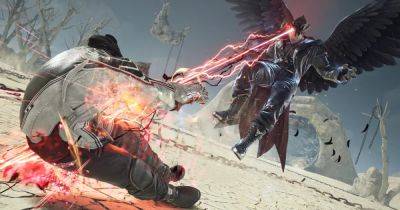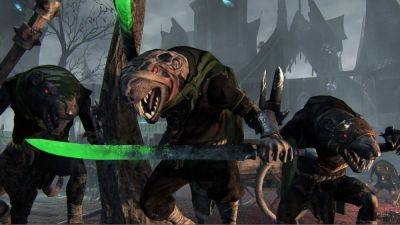The difference between The Last of Us and God of War’s roguelike modes is night and day
After a decade of perfecting the narrative-driven, action-adventure formula, PlayStation’s first-party games are tackling a new genre: the roguelike. Both God of War Ragnarök and the recently released The Last of Us Part II Remastered have their own roguelike modes that remix the core combat of their respective games into a repeatable action premise. At a quick glance, they’re very similar. Both modes have players cutting through arenas filled with enemies and grabbing new upgrades en route to a final boss battle.
And yet, they couldn’t be further apart in quality.
While God of War Ragnarok: Valhalla is a standout piece of DLC that deepens Kratos’ character arc, The Last of Us Part 2’s No Return mode is a surface-level engagement farm that’s entirely at odds with the game it’s attached to. It’s a stark contrast, but one that provides a valuable teaching moment. It’s a clear example of why “fun” isn’t the only metric that’s important in making an entertaining or otherwise engaging video game; sometimes it’s just as important to move players’ brains as much as their fingers.
Related- God of War Ragnarök borrows top-notch accessibility options from Last of Us Part I
- The Last of Us Part II sells 4 million copies in three days, setting new record
No thought
If you’re coming to No Return looking for the same attention paid to nuanced storytelling that’s made The Last of Us such a mainstream phenomenon, you’ll be sorely disappointed. The slim roguelike mode doesn’t have any narrative throughline to speak of and doesn’t aim to be consistent with The Last of Us Part II. It’s pure action, meant only to test players who have built up their skills in the three and a half years since the base game’s release.
It’s light entertainment, though players are sure to be split on how “fun” it actually is. No Return isn’t exactly custom-built as a standalone mode. Instead, it heavily reuses assets and systems from The Last of Us Part II. Familiar environments and enemies are remixed







